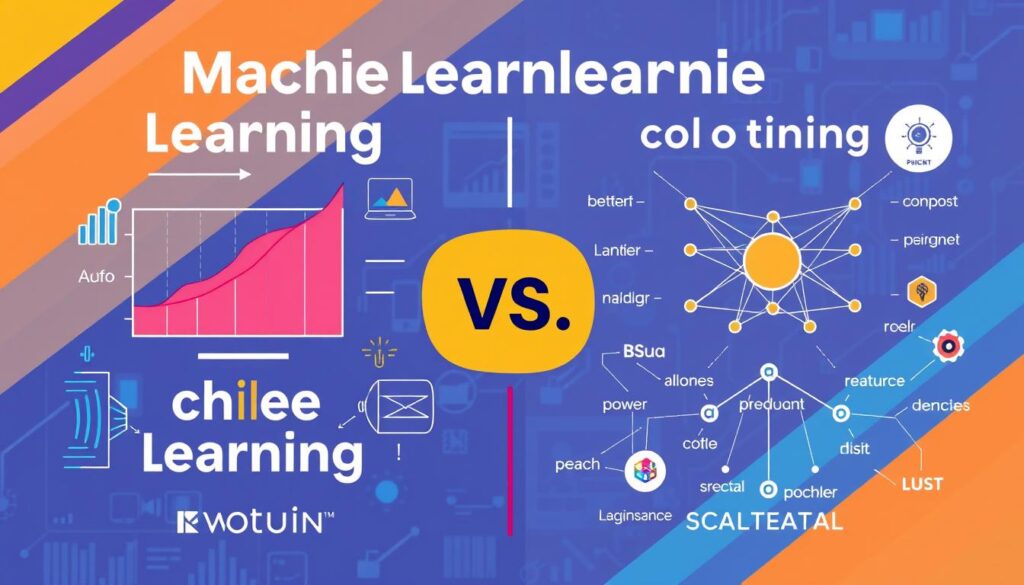Artificial Intelligence (AI) has entrenched itself in various aspects of our daily lives, from recommending the next movie to stream, to optimizing supply chains. However, within the realm of AI, two concepts often come up in discussions: Machine Learning (ML) and Deep Learning (DL). Though both are integral to AI, they each have specific nuances that differentiate them. This article breaks down these intricacies using a relatable analogy involving pizza.
What is Machine Learning?
At its core, Machine Learning refers to a category of algorithms that enable computers to learn from and make predictions based on data. It involves structured, labeled data and predominantly relies on human intervention to delineate features that help the model understand the data better. Imagine we have a decision-making scenario about ordering pizza. We need to consider various factors:
-
Time-Savings (x1): Will ordering pizza save time? Let’s assign a binary value: 1 for yes and 0 for no. In this case, we’d mark it as 1.
-
Weight Concerns (x2): Does ordering pizza affect weight loss? That’s a 0 if we’re indulging in all toppings.
-
Cost-Efficiency (x3): Are we saving money? With a coupon for a free pizza, this is also a 1.
These inputs form the foundation for our model. Each factor is weighted according to its importance: time-saving holds the highest weight (5), weight concerns get a moderate weight (3), and cost efficiency is relatively lower at (2).
To reach a conclusion on whether to order pizza, we compute an output using an activation function. We multiply the inputs by their corresponding weights, sum them up, and compare the result against a defined threshold. If the result is positive, we’re clear for pizza night!
Enter Deep Learning
Deep Learning is essentially a subset of Machine Learning but stands out by employing more complex neural networks—specifically those that feature multiple layers. While Machine Learning might rely on just a few layers, Deep Learning utilizes architectures that span more than three layers, which include input, hidden, and output layers.
Unlike traditional Machine Learning, which requires labeled datasets to guide its learning (known as supervised learning), Deep Learning can work autonomously with unstructured data—think images and text—without human oversight. Instead of manually marking characteristics of different food items in the data (like distinguishing features of a pizza versus a burger or taco), a Deep Learning model analyzes raw data and identifies features on its own through patterns observed in the input. This process is termed unsupervised learning.
Furthermore, many Deep Learning models employ a mechanism known as backpropagation. In this methodology, errors are calculated from the output back to the input. This allows the model to adjust and fine-tune its parameters based on the accuracy of its predictions.
Key Differences Summarized
-
Hierarchy: Machine Learning is a broader field that includes various techniques, while Deep Learning is a specific application within that field characterized by its use of neural networks.
-
Complexity of Models: Machine Learning models typically involve fewer parameters and layers, whereas Deep Learning models utilize deep neural networks with multiple layers to model complex patterns.
-
Human Intervention: Machine Learning generally requires labeled data and human intervention to highlight feature significance, whereas Deep Learning excels with unstructured data and can autonomously discover features without direct oversight.
-
Learning Approach: Machine Learning often uses supervised learning techniques, while Deep Learning can employ unsupervised methods, making it more adept at handling complex data types like images and articles.
Conclusion
In essence, while both Machine Learning and Deep Learning are vital aspects of AI, their key differences lie in their complexity, the nature of data they process, and their requirement for human guidance. Understanding these distinctions enriches our comprehension of how AI technologies function and evolve, especially as they become increasingly integrated into our lives. Just as the decision to order pizza involves weighing various factors, so too does the journey through the intricate world of AI, where each choice and algorithm contributes to the overall model.

